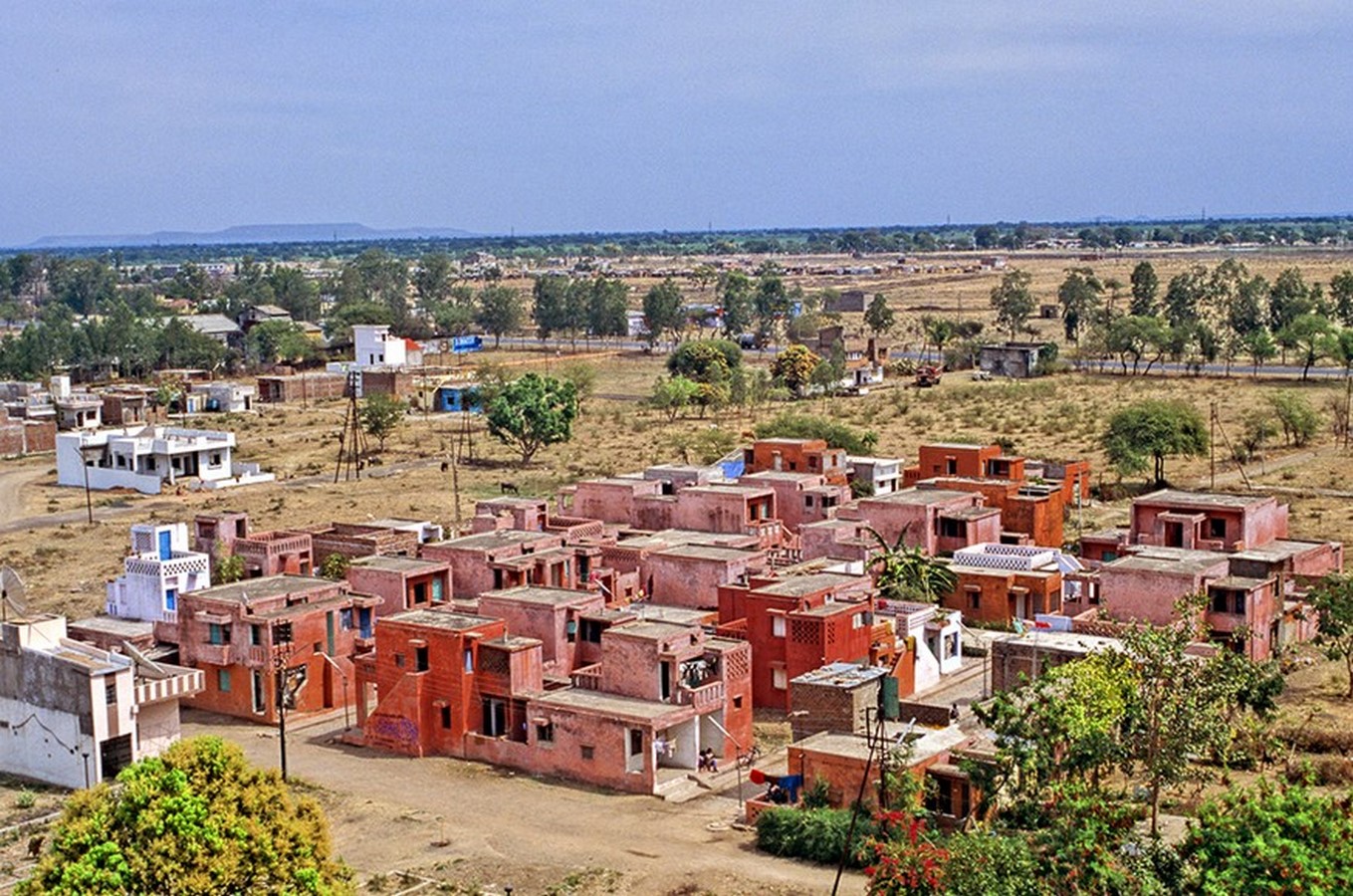Low-cost housing for developing countries: An analysis of the design process

The process of achieving design insight into an architectural problem requires that the architect be fully aware of the constraints that will eventually shape the design solution.
Low-cost housing: Architects from developed countries upon embarking on a design project in a developing nation inevitably find that the architectural constraints in a developing nation are more numerous and less clearly defined than in a developed nation.
In designing housing for developing nations an architect will encounter numerous invisible barriers such as extreme poverty. cultural differences. and a general lack of building activity. among others. that add complex new dimensions to the architectural outcome. A brief examination of these invisible barriers is warranted.
There is a fundamental difference between the product the architect as form-giver and symbol-giver and the symbolic elements that exist within the shelter of a local society.
The architect determines the forms that seem appropriate to the needs of a particular building or building complex within a society. while in the case of an indigenous society. the form of its dwellings is symbolic of its self-image.
The localised shelter takes the form seen as appropriate to a society’s nature. organization. family structure. aesthetic. The individual within a tribal or folk culture does not become the form-giver for that society: instead, he employs forms that are essential to it. building and rebuilding within determinants that are as much symbolic as physical or climatic.
An architect trained in the tradition of mainstream design for conventional construction markets in the developed world will encounter limitations of professional relevance when designing for low-cost housing in the context of most developing nations. These limitations fall into three categories;
1. Assumptions of needs – The architect designs according to his own perception of a developing nation’s housing needs as opposed to accurately assessing the native inhabitants’ actual needs. An architect may prescribe a house where the support mechanisms transportation does not exist.
- Assumptions of existing conditions – The architect unconsciously equates the design and construction options of a building site in a developing nation with that of a building site in a developed nation. An architect’s design may call for prefabricated concrete parts when the construction skill and machinery does not exist to produce and assemble such building components.
- Differing cultural concepts of functionality – The architect imposes mainstream design concepts of functionality appropriate for a developed nation in the context of a developing nation where concepts of ‘usefulness’ are different.
A common example of this phenomenon has been the numerous designs put forth for high-rise apartment blocks to accommodate the inhabitants of high-density slums. In simple design terms. the apartment block represents the most efficient means of sheltering the maximum number of structures. people with the least amount of space. In reality. these once built, are not cost-effective and provide unpleasant living conditions for the occupants.
